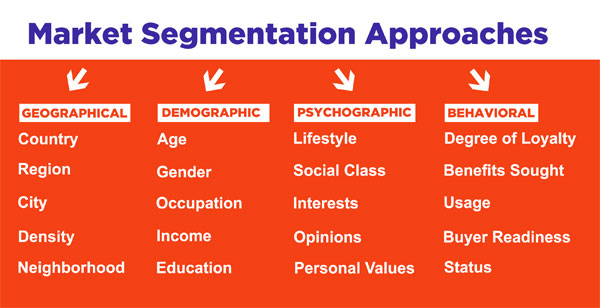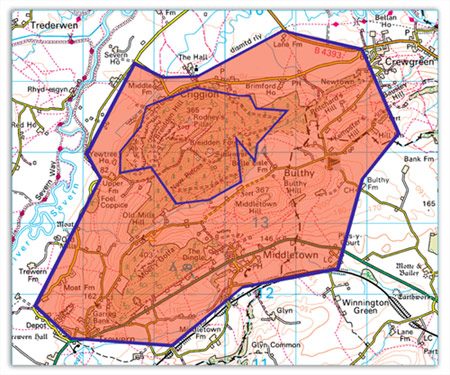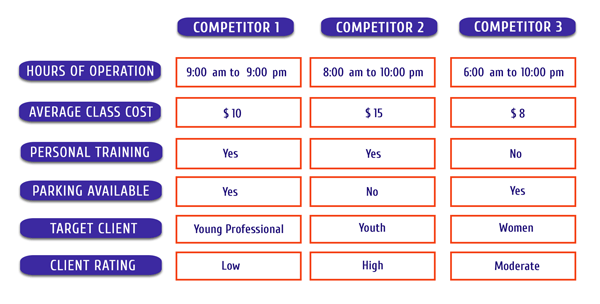WHY CONDUCT A FEASIBILITY STUDY?
Feasibility studies provide an analysis of the viability of a business idea and help answer the essential question, “should we proceed with the proposed project idea?” A feasible business venture is one in which the business will generate adequate cash-flow and profits, withstand risks, remain viable and sustainable for the long term, and meet the goals of the founders. No matter how good you think an idea or a location may be, embarking on a feasibility study is essential in helping you determine if the business idea and/or location is viable. Hiring the right people to conduct a feasibility study is a small price to pay if you think about how much money, time and effort could be lost if the business venture turns out not to be viable.
Our feasibility studies analyze trade area demographics for targeted market segments and the specific financial model of the proposed club. This analysis allows us to assess the available untapped demand in the market area and the financial viability of the club given a proposed business model and financing structure.
The components of our feasibility studies are outlined below. You can also view a sample feasibility study with options analysis.

1) Product Offering
We start by clearly defining the service offering and the target consumer. This would include detailing a specific basket of service offerings and their respective pricing. We develop a market segmentation based on key variables that define the respective markets (simple example below) and provide profiles for each of the market segments. The market segmentation allows us to clearly define who the club is targeting as an end user and articulate the key demographics and traits of this customer. This definition helps to then properly size out the market, and serves as a critical tool in defining marketing strategies and messaging for the club.
2) Market Size: Trade Area Analysis (Primary & Secondary)
A standard trade area analysis constitutes a key component in the feasibility study. This analysis provides an understanding of the size of the potential opportunity in the area, and identifies any barriers or challenges in realizing that opportunity. We develop a basic 5 to 8 minute and 10 to 12 minute drive time (and/or walk time) polygon thereby establishing the Market Area (example below).
We then layer on heat maps, color coded representations, of our target segment in the market area to understand where your ideal customers are located. With this drive time and segmentation mapping established, we consider a variety of variables as appropriate such as, but not limited to: Market area demographics such as age and income; public transportation; traffic flow; and parking access and cost.

3) Market Potential
We identify the size of the existing served membership base in the Trade Area and on the perimeter of the Trade Area broken down by individual competitor or substitute offerings.
Based on the market area demographics and standard industry membership profiles, we define the gap between served and unserved in the Trade Area as well as the amount of leakage from the Trade Area to competitors in the perimeter. This allows us to define the untapped potential in the market.

4) Market Structure: Competitive Strength / Placement
We consider the competitive context of the market area. This will include adding a layer onto our market area map of key competitors or substitutes for the club as well as detailed profiles of each of the market area competitors. We also consider competitors on the perimeter who might be responsible for leakage from the market area. A simple example of a side by side comparison of product features is below.
For each competitor, we develop a detailed market profile that highlights key characteristics of the club including: Membership size, customer ratings, estimated gross revenue, hours of operation, key service offerings (characteristics and price), brand positioning, and a typical client.
5) Market Trends / Business Climate
With our industry expertise and access to industry data, we provide a general overview of current trends in the fitness club market that might impact future operations, and highlight emerging opportunities within the industry in general. In addition, we complete a regional analysis of any industry, general market or regional trends which might impact the clubs success. Examples could include regional development plans (residential or commercial) or regional population growth or demographic changes.
6) Margin Potential: Top-line and Cash Flow Model
A key part of our feasibility study translates the analysis into an assumptions based topline revenue projection for the club that will allow you to review the sensitivity of the club’s success based on key success factors such as age group targeted, income group targeted, service pricing and speed of membership ramp-up. These financials will include a 5 year annual and monthly set of projections including: Profit and Loss, Cash Flow and Balance Sheets, as well as ratio analysis comparing your club to industry averages.
We will include an assumptions based flash model of feasibility as well as a Monte Carlo simulation or sensitivity analysis to assess business risk associated with the variables or key success factors in the model. Monte Carlo simulation provide you with a range of possible outcomes and the probabilities they will occur for any choice of action. It shows the extreme possibilities—the outcomes of going for broke and for the most conservative decision—along with all possible consequences for middle-of-the-road decisions.


